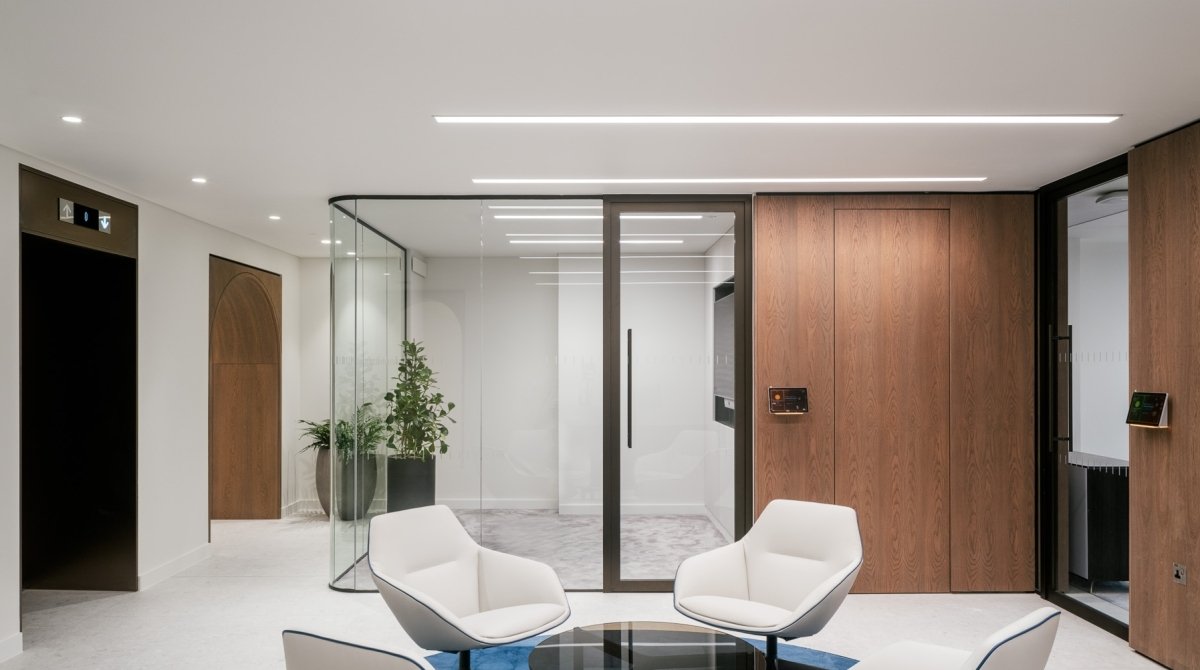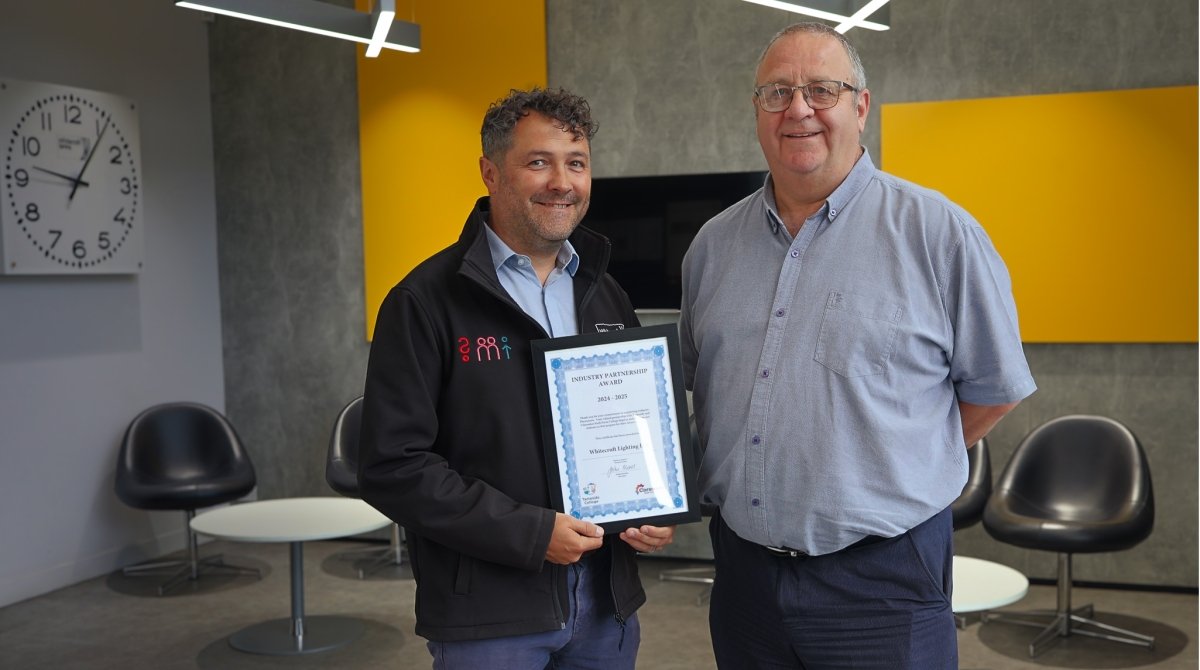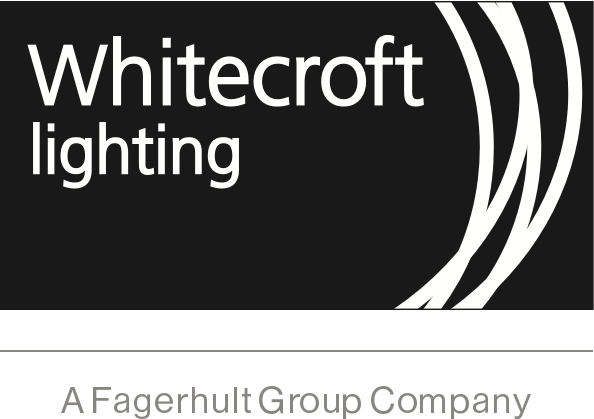In 2024, the International WELL Building Institute (IWBI) raised the glare threshold from ≤UGR16 to ≤UGR19—a shift that sparked industry debate.
But beyond the numbers lies a bigger question: how do we ensure lighting design stays focused on people’s health and well-being as standards evolve?
When it comes to lighting design, health and well-being must be at the forefront. Yet, without strong engagement and clear, practical guidance, even the best intentions risk being lost in translation. How can architects and designers confidently specify lighting that truly supports occupant well-being?

My role bridges design intent and delivery—supporting our Salesforce across lighting projects while helping shape the WELL Standard for light. I ensure lighting guidance reflects evolving product design, specification, and well-being priorities. With constant exposure to cutting-edge thinking in the built environment, I advocate for lighting that enhances health and productivity.
I believe buildings should prioritize people—aligning with IWBI’s mission that everyone deserves to live their healthiest life. As Head of Academy at Whitecroft Lighting and one of 32 global Lighting Concept Advisors to the IWBI, I help bridge the gap between design standards and real-world application. Our role is to ensure lighting guidance remains grounded in current design trends, product innovation and the lived experience of occupants.
Over a decade, the WELL Building Standards have evolved into their second complete incarnation, V2, with the Lighting concept subdivided into nine distinct Features – L01 to L09.
Glare
WELL V2’s L04 feature offers several ways to control glare in regularly occupied spaces—from light distribution strategies to Unified Glare Rating (UGR) thresholds. Previously set at ≤UGR16, the updated WELL guidance now recognises that achieving such a low rating isn’t always feasible in modern commercial spaces, especially those embracing minimalist aesthetics.
This change was partly made in response to my input, and rather than representing a conflict with WELL’s principles, it highlighted how standards evolve to reflect shifting building trends and design approaches.
For WELL to stay relevant and truly impactful, it relies on me and other Concept Advisors to monitor global developments, track product design innovations, identify best practice, and apply those insights to the WELL standards.
Current Position
The shift from fluorescent to LED lighting in the mid-2010s reshaped office lighting design—especially in response to standards like BS EN 12464-1 and LG7, which justified the ≤UGR19 glare requirement. Reducing visual discomfort relies on balancing source brightness with its surroundings—much like how car headlights feel different in daylight versus at night. Techniques such as indirect lighting and lighter surface finishes help reduce contrast and enhance comfort.
However, minimalist trends—slimmer luminaires, fewer fittings, no upward light, and raw finishes—have made achieving a UGR of 19 challenging in many cases, let alone a value of UGR16. To meet the WELL Building Standard’s L04 Feature, some specifiers resorted to larger or lower-output luminaires, which compromised design intent, increased fixture count, reduced target lux levels, or in most instances, simply chose not to seek the credit at all.
In some cases, the metric led to luminaire design that delivered a very narrow light distribution with limited vertical illumination on faces and surfaces—ultimately undermining L03, which promotes the non-visual, circadian, and well-being benefits of light.
Case study: 80 New Bond Street
At 80 New Bond Street—a £36.6m office and retail development in London’s West End—our brief was to deliver a slim-profile, linear lighting solution that aligned with high sustainability goals, including reduced operational carbon and circular design principles.
However, a review of both our product portfolio and the broader market confirmed that meeting the WELL L04 Electric Light Glare Control Concept wasn’t technically feasible within the constraints of the design. Instead, by supplying nearly 1,500 Avenue Metro Vitality luminaries, a product designed to support the delivery of spaces achieving UGR19 whilst maximising vertical illumination, we were able to strike a thoughtful balance between visual comfort, energy efficiency, and architectural integration.
While the specific L04 optimisation wasn't met, the project still achieved WELL Platinum Ready status—demonstrating how practical compromises can uphold the spirit of the standard without sacrificing design or well-being.
.jpg)
This balance is never perfect, and there will always be a degree of conflict.
The recent change to WELL’s L04 concept is a reminder that lighting is not, and should not be, treated as an exact science. It’s a balancing act—where multiple metrics, design priorities, and human outcomes must be carefully harmonised. L04 exemplifies how standards can—and sometimes must—shift direction to stay relevant, even if that comes with unintended consequences.
Keeping the concept at ≤UGR16 was increasingly becoming a limiting factor. As someone who believes deeply in IWBI’s mission to prioritise human health and well-being, I felt it was essential to ensure projects could realistically meet as many of the lighting concepts as possible. Otherwise, there’s a risk that designers disengage entirely—choosing instead to work around the concept, applying inconsistent judgment shaped by individual priorities.
While the Unified Glare Rating isn’t a perfect metric, it has long provided our industry with a practical threshold—balancing visual comfort and aesthetic interest in workspace environments. Too often, we see subpar, low-cost products that fail even to meet UGR19, let alone exceed it. By updating L04 to include a UGR19 option, WELL has not stepped backward—but forward—by providing clearer, more achievable guidance aligned with other best practice standards, that designers can understand, apply, and build upon.
Standards must evolve not just for compliance, but to reflect how real spaces look, function, and feel. The Unified Glare Rating may not satisfy every purist, but in absence of a accepted alternative it supports a realistic, people-first approach—one that protects both design integrity and occupant well-being and comfort. If we’re serious about creating healthier buildings, we must move forward with clarity, not rigidity—and keep people, always, at the center.
To find out more about the IWBI and its evolving standards, visit:
Read the full 80 New Bond Street case study:
https://www.whitecroftlighting.com/case-studies/80-new-bond-street-london/





